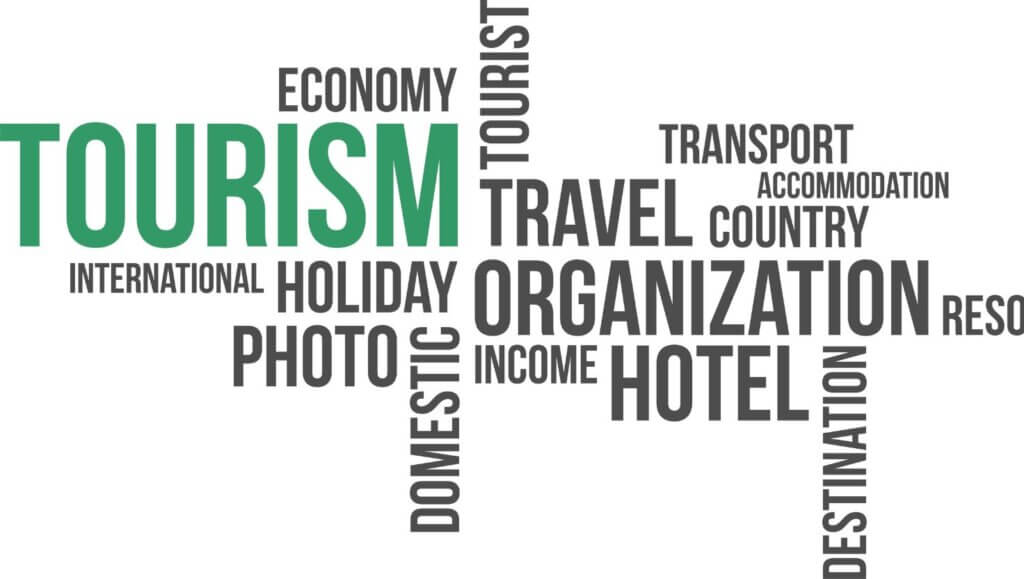About Curaçao
About Curacao: Everything You Need to Know in 2025
Learning about Curacao begins with understanding its prime location in the southern Caribbean Sea, about 40 miles north of Venezuela. About Curacao's geography, this vibrant island country within the Kingdom of the Netherlands offers visitors a unique blend of Dutch heritage and Caribbean charm. What makes facts about Curacao so fascinating is its rich multicultural history spanning over 500 years.
Curaçao forms part of the ABC islands alongside Aruba and Bonaire, standing out as the largest in both size and population. Its capital, Willemstad, features distinctive Dutch colonial architecture painted in bright Caribbean colors.
The island's rich history begins with the indigenous Arawak and Caquetio peoples. Spanish explorers arrived in 1499 but found limited agricultural potential and no precious metals. This "useless island" label changed dramatically when the Dutch arrived in 1634.
Under Dutch control, Curaçao became a significant trade center and later became a hub in the Atlantic slave trade. The island also became home to a Jewish community fleeing European persecution, who greatly influenced local culture and commerce.
Throughout history, Curaçao briefly fell under British occupation during European conflicts before returning to Dutch rule. The abolition of slavery in 1863 prompted major economic changes and population shifts.
Understanding more about Curacao's past helps visitors appreciate the island's complexity. About Curacao's transformation from a 'useless island' to a Caribbean jewel, the Dutch influence remains evident today in Willemstad's colorful architecture and cultural traditions.
Today, Curaçao's cultural diversity is reflected in its languages. While Dutch remains official, most locals speak Papiamentu, a unique Creole language. English and Spanish are also widely understood.
Learning about Curacao's languages reveals the island's cosmopolitan nature. Papiamentu reflects the true spirit of island life.
About Curacao's social fabric, this linguistic diversity makes it one of the Caribbean's most welcoming destinations
Have you started planning your Curaçao adventure yet?
Discover What Makes Curaçao Unforgettable
Curaçao is a vibrant Caribbean destination known for its colorful architecture, diverse culture, and stunning beaches, and it offers a unique blend of European and Caribbean influences.
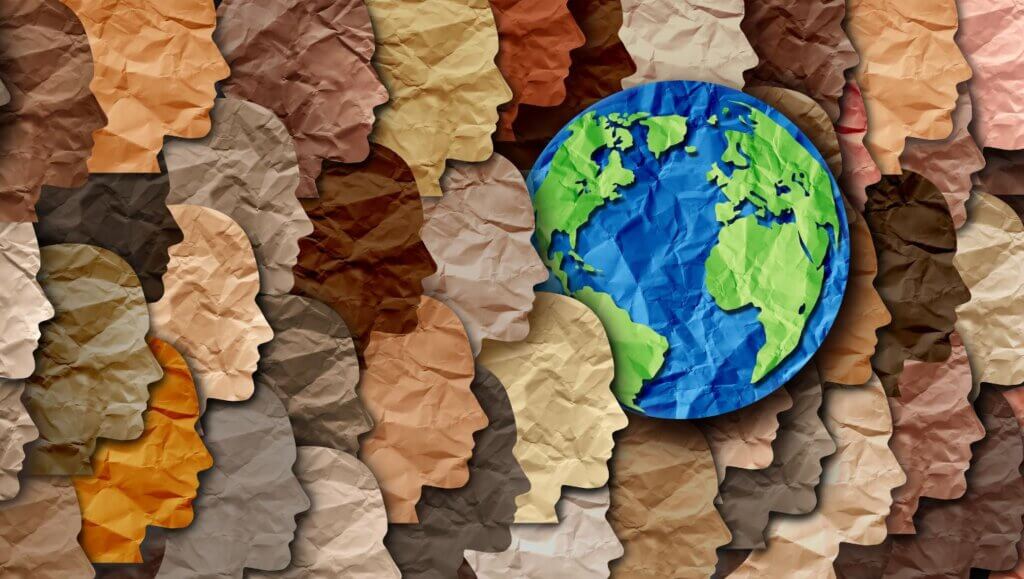
A Rich Cultural Experience
Willemstad, the capital, is a UNESCO World Heritage site with well-preserved colonial buildings, including the famous Handelskade waterfront. Visitors can explore the city’s museums, markets, and street art while experiencing the island’s multilingual culture. Papiamentu, Dutch, English, and Spanish are widely spoken, making it easy for travelers to communicate.
Beaches & Outdoor Adventures
Curaçao boasts over 35 beaches, each offering crystal-clear waters and excellent snorkeling opportunities. Playa Kenepa, Cas Abao, and Mambo Beach are among the most popular. Klein Curaçao, an uninhabited island, is a favorite for day trips, featuring white sandy shores and excellent diving spots.
For adventure seekers, the island has diverse landscapes, from limestone caves in Hato to the rugged terrain of Christoffel National Park. Hiking to the peak of Mount Christoffel offers breathtaking panoramic views.

A Thriving Tourism Industry
Curaçao’s tourism industry continues to grow, attracting visitors with its year-round warm climate and vibrant events. The annual Carnival, North Sea Jazz Festival, and Punda Vibes celebrations showcase the island’s lively atmosphere.
With its rich history, stunning natural beauty, and welcoming atmosphere, Curaçao is an ideal destination for travelers looking to explore a unique Caribbean paradise.
Discover What Makes Curaçao Unforgettable
Enjoy Curaçao's sunny climate, explore historic Willemstad, swim in turquoise bays, hike national parks, and taste local dishes like stoba and fresh seafood. A Caribbean escape filled with authentic experiences.
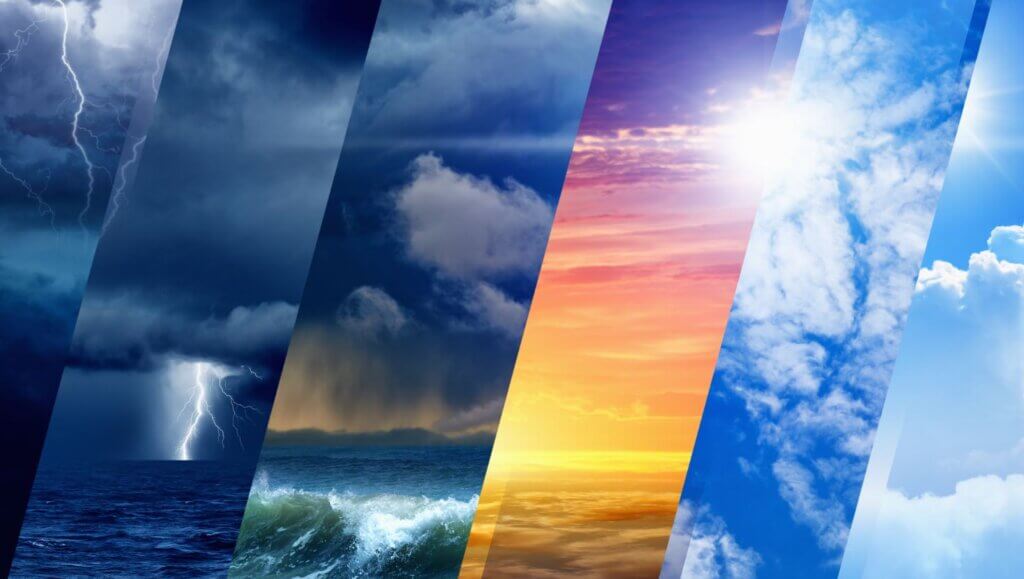
Climate and Best Time to Visit
Curaçao enjoys a tropical savannah climate with consistent temperatures year-round, averaging between 77°F and 86°F (25°C-30°C).
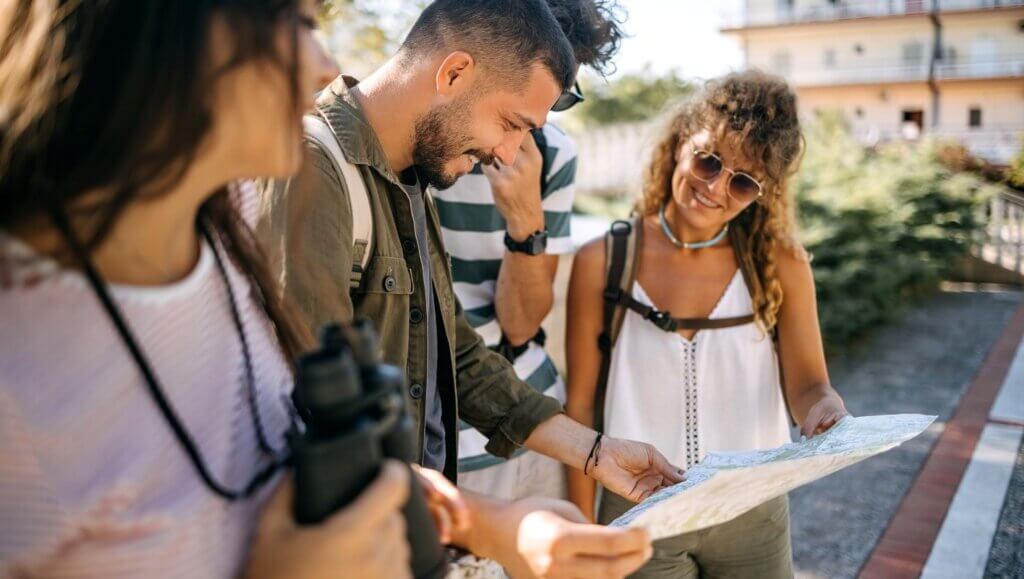
Must-Visit Attractions
Willemstad's historic center is divided into two districts - Punda and Otrobanda - connected by the famous Queen Emma pontoon bridge.
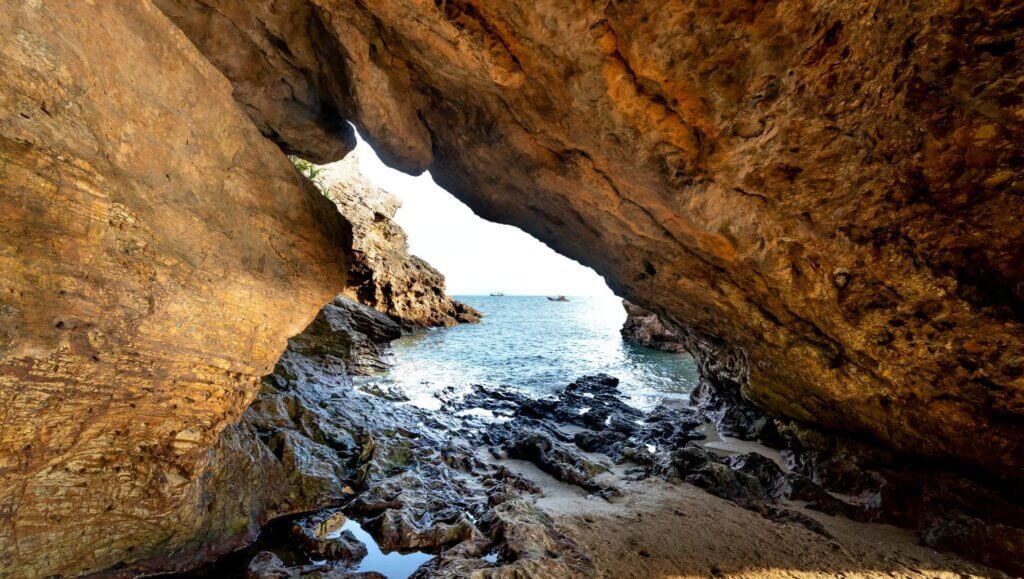
Curacao Natural Wonders
Curaçao's coastline features over 35 beaches, each with its own character. Grote Knip (Kenepa Grande) offers powdery white sand and turquoise waters, while Playa Porto Mari provides excellent snorkeling opportunities.

Curacao Culinary Experience
Curaçao's cuisine reflects its multicultural heritage with influences from Dutch, African, Latin American, and other Caribbean traditions. Try local specialties like keshi yena (stuffed cheese), kadushi (cactus soup), or fresh-caught fish
Frequently Asked Questions
Based on common inquiries about Curaçao, here are ten frequently asked questions
Where is Curaçao located?
Curaçao is situated just north of Venezuela in the southern Caribbean Sea.
When is the best time to visit Curaçao?
Curaçao enjoys warm and sunny weather year-round, as it lies outside the hurricane belt.
Do I need a visa to visit Curaçao?
Visa requirements for Curaçao depend on your nationality.
Can I drink tap water in Curaçao?
Yes, Curaçao has high-quality tap water.
What are the top attractions in Curaçao?
Notable attractions include Willemstad's colorful architecture and the Queen Emma Bridge.
What currency is used in Curaçao?
The local currency is the Netherlands Antillean Guilder ( till March 2026) and the current currency is the Caribbean guilder code: XCG; abbreviation: Cg, but US Dollars are widely accepted.
What are the best beaches in Curaçao?
Curaçao boasts stunning beaches like Grote Knip and Mambo Beach.
Is Curaçao a good destination for families?
Curaçao offers diverse activities suitable for families.
What language is spoken in Curaçao?
The official languages are Dutch, Papiamentu, and English.
Is Curaçao safe for tourists?
Curaçao is generally considered safe for tourists.
What should I know about Curacao before visiting?
About Curacao essentials: the island enjoys year-round sunshine, uses both Caribbean Guilder and US Dollars, and offers multilingual hospitality. Key facts about Curacao include its position outside the hurricane belt and its status as one of the Caribbean's safest destinations.
Experience Curaçao's Magic
About Curacao's magic lies in its perfect blend of pristine beaches, vibrant culture, and year-round sunshine. Plan your escape to discover everything about Curacao that makes it a premier Caribbean destination.
Book your accomodation now for unforgettable memories and learn firsthand about Curacao's irresistible charm!Plan your escape to Curaçao today and discover a perfect blend of pristine beaches, vibrant culture, and year-round sunshine. Book now for unforgettable Caribbean memories!

